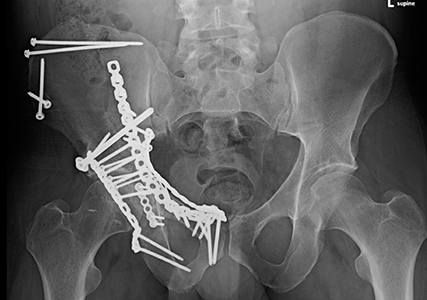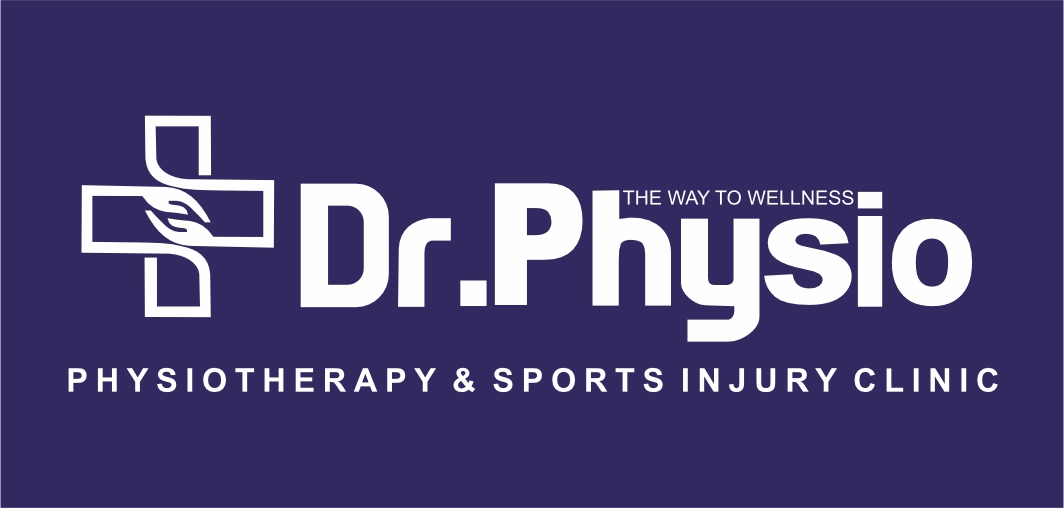+918048039022

This is your website preview.
Currently it only shows your basic business info. Start adding relevant business details such as description, images and products or services to gain your customers attention by using Boost 360 android app / iOS App / web portal.
Physiotherapy after a pelvis and acetabulum (hi...

Physiotherapy after a pelvis and acetabulum (hip socket) fracture is crucial for restoring mobility, strength, and function. The rehabilitation process is typically slow and depends on the severity of the fracture, the type of surgical intervention (if any), and the individual’s overall health. Post-Fracture Physiotherapy Goals: Pain Management Restoration of Mobility Improvement of Strength Prevention of Complications (like stiffness or muscle atrophy) Stages of Physiotherapy After Pelvis and Acetabulum Fracture 1. Acute Phase (Weeks 1-3) Focus: Pain relief and gentle mobilization Rest and protection: Avoid weight-bearing activities to prevent stress on the healing bones. Pain management: Icing, electrotherapy, and medication (as prescribed by a doctor). Gentle movement: Isometric exercises (e.g., quadriceps, gluteal muscle squeezes) to maintain some muscle activation without moving the joint. Range of Motion (ROM) exercises: Initiated gradually to avoid joint stiffness, passive/active-assisted movements for the hip and knee. 2. Subacute Phase (Weeks 4-6) Focus: Gradual reintroduction of movement and weight-bearing activities. Partial weight-bearing: Under the guidance of the surgeon, the patient may start weight-bearing as tolerated, often with crutches or walker support. ROM exercises: Increase the range of motion in the hip, pelvis, and adjacent joints like the knee and ankle. Strengthening exercises: Begin with low-resistance activities focusing on hip abductors, adductors, quadriceps, and hamstrings. Examples include: Leg raises (with minimal resistance) Ankle pumps and circles Resistance band exercises for the lower extremity Aquatic therapy: May be introduced to reduce joint stress while improving mobility. 3. Progressive Strengthening and Mobility Phase (Weeks 7-12) Focus: Regaining strength, mobility, and balance. Full weight-bearing: Based on X-ray or clinical progress, full weight-bearing may be allowed. Balance training: Using tools like balance boards, single-leg stands, and proprioceptive exercises to restore stability. Strengthening: Progressively increase resistance and load on the muscles surrounding the hip, pelvis, and lower back with exercises like: Squats (modified, progressing to full) Step-ups Hip abduction/adduction with resistance bands Core strengthening (e.g., planks, bridges) Functional exercises: Emphasize daily movement patterns like standing up, walking, and climbing stairs. 4. Advanced Rehabilitation Phase (Months 3-6) Focus: Return to normal function and sport-specific activities (if applicable). High-resistance exercises: Continue with heavier resistance and dynamic movements, such as lunges, leg presses, and more complex weight-bearing activities. Gait training: Focus on correcting any abnormal gait patterns. Cardio exercises: Incorporate low-impact aerobic activities like cycling or swimming. Sport-specific training (if applicable): Depending on the patient’s needs, drills and activities related to their specific sport or occupation may be integrated. 5. Return to Full Activity (6 Months and Beyond) Patients may return to their regular activities gradually. However, high-impact sports or activities may require a longer rehabilitation period or modifications. Additional Therapies: Manual therapy: May be needed for soft tissue mobilization and joint manipulation. Stretching: Flexibility exercises for the hip flexors, quadriceps, hamstrings, and lower back. Ergonomic advice: Educating patients on body mechanics, posture, and movements to avoid re-injury. physiotherapy is essential following a pelvis and acetabulum fracture because it helps restore mobility, reduce pain, prevent complications, and improve overall functional outcomes. The right physiotherapy program, tailored to the individual’s specific injury and progress, plays a pivotal role in ensuring a smooth and complete recovery.

